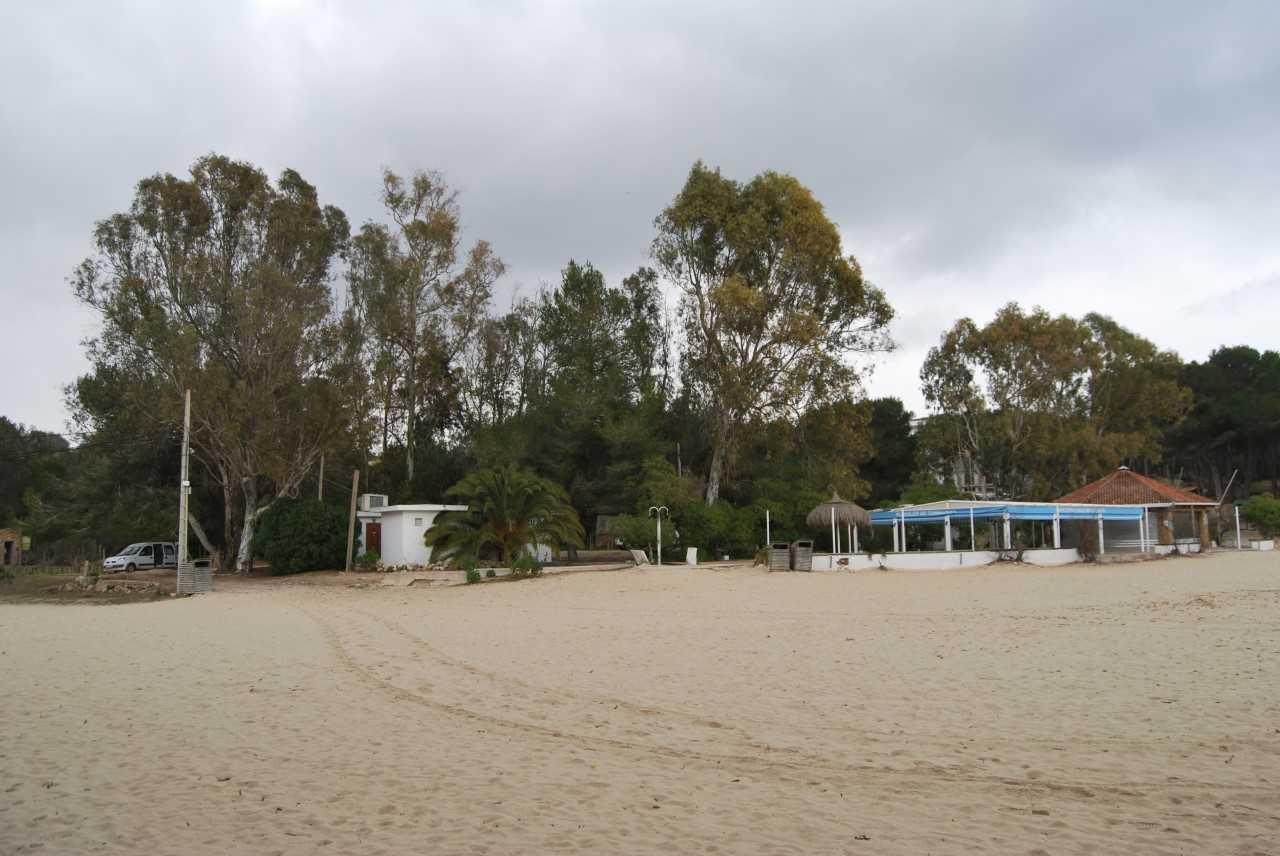
The Government will demolish the controversial Mondragó beach bar to restore dune habitats. | M. NADAL
Palma06/04/2022 12:52
It’s one of my favourite Mallorca stories - how Sa Pobla came to lose its beach. It vies with the one about how Sa Pobla almost had its own port. Really, there was a town hall plan for this in 1928. Ships would have gone up the Albufera Gran Canal. Had there been a port, the beach would surely have remained a Sa Pobla possession. But there was to be no port, and the town hall successfully managed to negotiate away what is now the main part of Playa de Muro to its neighbour in 1954.

No comments
To be able to write a comment, you have to be registered and logged in
Currently there are no comments.